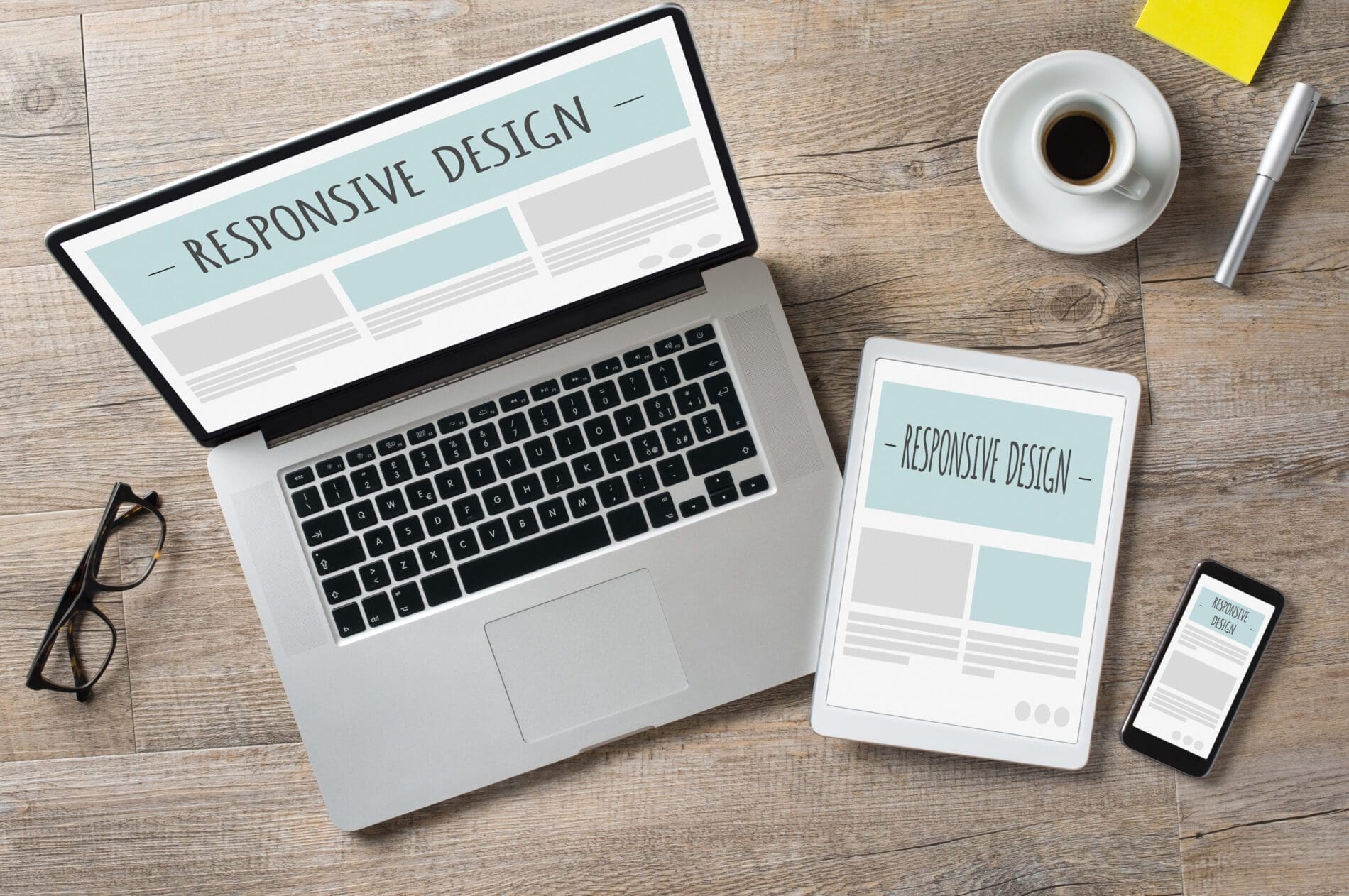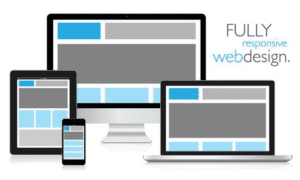
Web Design 101: What To Expect From Responsive Web Design Services
Looking to hire a professional web designer? That’s great! Even better, we’re going to help you in this endeavor. Below, we’ve written a detailed guide on what to expect from responsive web design services. We’ll help you understand what responsive design is and why it’s important. You’ll also learn why outsourcing to a professional is your best option, what it entails, and how to tell a good designer from a bad one. This knowledge will help you choose the best web design service at an appropriate price. Learn all this and more in this essential guide.
The Importance of Responsive Design
Responsiveness is one of the most necessary website features for ranking high in search engines. Why’s this? In 2017, the number of mobile internet users surpassed that of desktop users. Today, mobile users still account for more than half of all internet traffic. Not long after, Google changed its algorithm to favor responsive (mobile-friendly) websites over unresponsive ones. It’s now essential that you have a responsive website if you ever want to show up on the first page of the search results.
What Is Responsive Design?

Web Design 101 What To Expect From Responsive Web Design Services
Responsiveness simply means a website can automatically optimize itself for whatever device is accessing it. A responsive website displays the full version for anyone using desktop computers powerful enough to run it without crashing or lagging. And it displays a simplified version on mobile devices so they load faster and fit the screen appropriately. Besides that, there are many more than two kinds of devices out there. And they come with multiple browsers and operating systems, too. As such, a responsive site usually has multiple mobile versions optimized for the various technological combinations that may view it.
What Happens Without a Responsive Design?
As we mentioned already, an unresponsive website will never rank in the top ten search results. But, worse than that, it’s very unfriendly to your site visitors, most of whom are visiting via mobile devices. It increases the site’s loading time to potentially unbearable extremes. And when it finally does load, it’s difficult for mobile users to read it. Most users won’t waste their time on such an inconvenient site, given the thousands of better alternative sites they could visit instead.
Why Outsource to Professional Responsive Web Design Services?
Companies like Wix and WordPress let you design a responsive site for free. So why pay a professional to do it? There are lots of reasons.
You’re Not an Expert
Considering you’re reading a guide on web design, it appears you’re not an expert web designer. If you were, you wouldn’t be learning how to design your website; you’d be designing for others. So then, which website do you think will perform better, a DIY amateur site or one designed by a professional? A good third party web designer knows the ins and outs of designing and optimizing your website for search engines or anything else you need it for. Whatever results you’re after with this website, a professional web designer will help you achieve them. On the other hand, if these results are worth nothing to you, you can spend nothing and build your own site for free.
You Don’t Have Time
Speaking of results, what do you need a website for, anyway? Perhaps it’s to sell products, promote your company, blog for affiliate marketing, or something else entirely. Whatever it is, it’s something you’ll want to focus most of your time and effort on. Adding DIY web design to your to-do list is the same as working a second job. That’s why professional web designers exist. Effective web design is a job in and of itself. If you stretch yourself thin trying to do both of these jobs, both will suffer the consequences. Neither job gets your full attention, so neither will turn out as well as it should.
Choosing the Best
How can you tell the difference between a good web designer and one who’s all talk? Ask the following questions, that’s how.
How Much Will the Project Cost?
All designers have different pricing plans. But, usually, the price will either be calculated per project or per hour. Which is better? Most of the time it’s safer (that is, cheaper) to choose a per-project designer. The type of work and the number of people required makes it hard to track precisely how many hours are spent. It’s even harder to estimate the final cost before the work starts. Hours and fees can easily rack up way beyond the initial estimate. If you choose a per-project designer, there may still be special fees added. But the final cost should still be much closer to the initial estimate.
How Long Will the Work Take?
It’s important to know how long it will be until your professionally designed website will be ready to publish. But the time estimate is even more important for weeding out disreputable designers. If they promise a finished website design in 2 days or less, that’s a bad sign. It means they’re giving you a premade design template they’ve had sitting around instead of a design that’s custom-made to suit your needs.
What Do Their Services Include?
Perhaps the most important thing to know is what you’re actually paying for. What work, specifically, does the contract you’re signing include? It could be that the premade template example above is your chosen designer’s idea of design services. That’s all some designers do. They may not even implement it to your published website. That is, they do no site-building whatsoever.
They merely hand you a design they’ve made (or had sitting around) and leave it to you to apply it to your website yourself. Afterward, it’s likely you’ll end up hiring a different third party for the site-building. For your sake, hire a designer that offers you the completed website, ready to publish. It’s also a good idea to have them show you what program they use for site-building and how to make future updates to your website.
What do They Design For?
The correct answer is, they design for responsiveness, SEO (search engine optimization), and good user experience. Aside from this, they should also design for whatever specific goals you hope to accomplish with the website. If the designer stares blankly and confusedly when you ask about these things, politely thank them for their time and leave.
Keep This List
That officially covers all you need to know when hiring responsive web design services. That said, the advice herein is only good if you use it. Bookmark or print out this list. Take it with you and use it when interviewing web designers. If you want to know more about responsive web design services, ask the experts! Contact us here with your questions.
